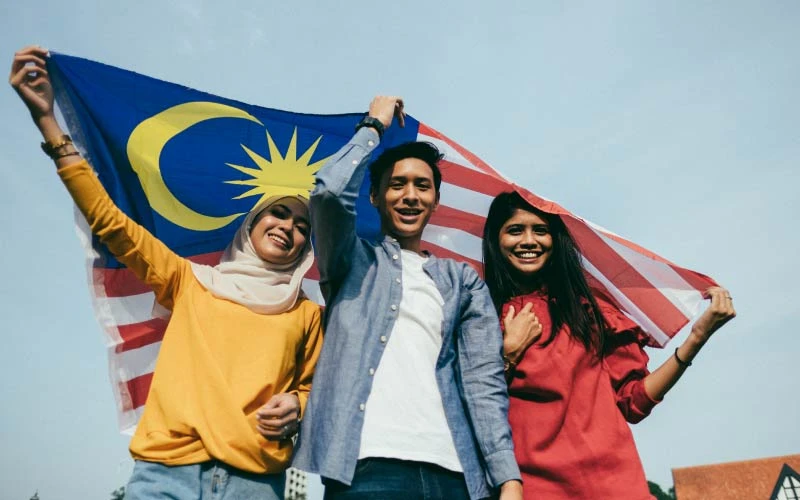Malaysia is undeniably a melting pot of races, religions, and cultures. Home to Malays, Indians, Chinese, and many other ethnic groups, Malaysia is your one-stop for a unique multicultural travel experience as you travel between states.
But, aside from our three main races, how many of us really understand and appreciate living in a multicultural country where each ethnic group makes up the uniqueness of Malaysia?
Here are 3 reasons to celebrate the diversity of Malaysian cultures.



